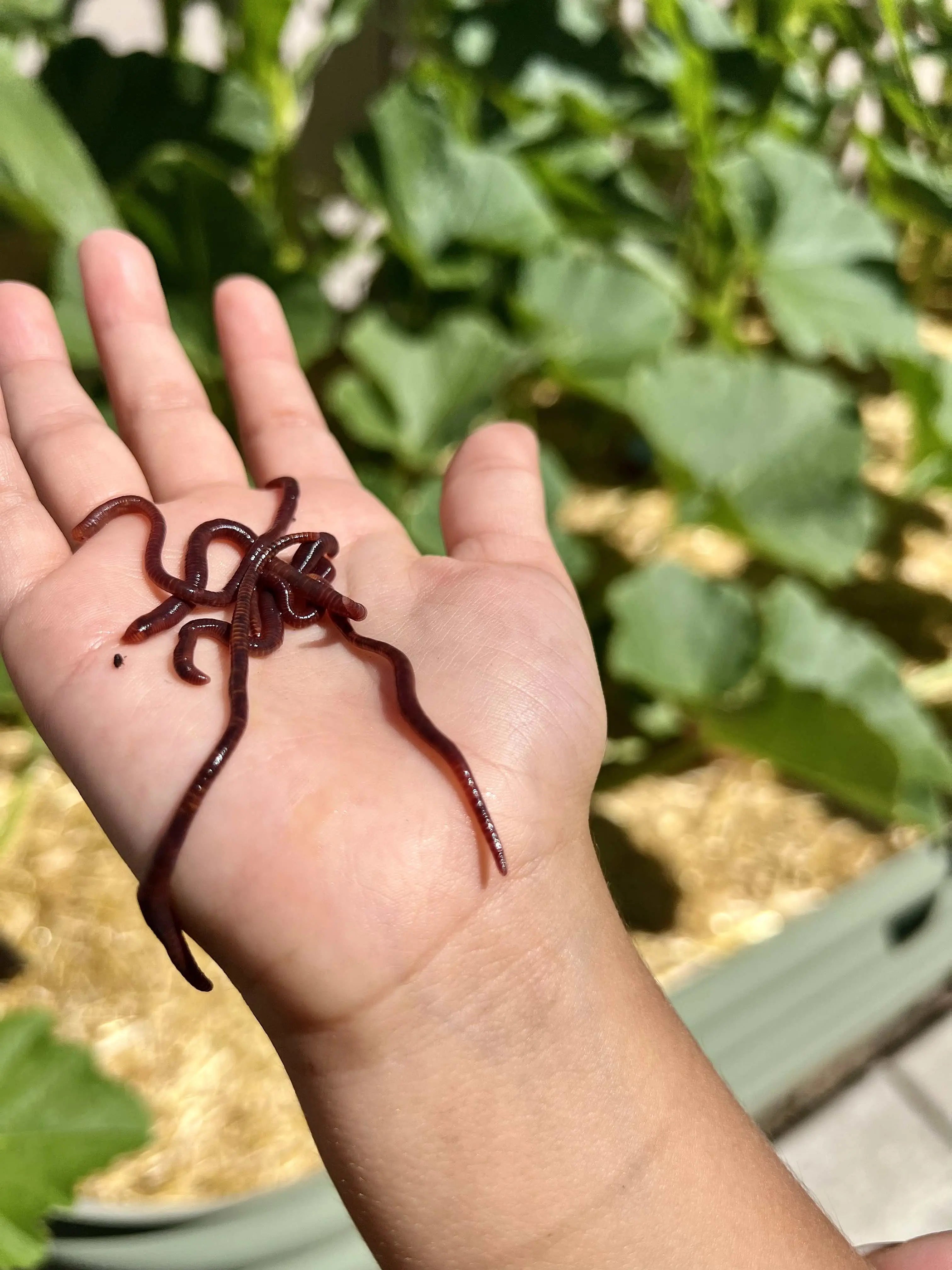Maximize Lawn Growth with Effective Products from Red Wiggler Express
Maximize Lawn Growth with Effective Products from Red Wiggler Express
Blog Article
Red Wigglers: The Unsung Heroes of Organic Waste Recycling
Red wigglers, or Eisenia fetida, serve as important agents in the natural waste reusing procedure, changing discarded materials into important vermicompost. As the globe significantly seeks options to deal with waste accumulation and improve farming performance, comprehending the role of these worms ends up being crucial.
What Are Red Wigglers?
The exceptional durability of red wigglers, clinically referred to as Eisenia fetida, emphasizes their crucial function in natural waste recycling. These small, reddish-brown earthworms are typically found in decomposing raw material, such as compost piles and manure lots. Lake Hickory Bait. Unlike various other earthworm varieties, red wigglers prosper in nutrient-rich atmospheres and are highly effective at damaging down organic materials, making them important for vermicomposting

(Red Wiggler Express)Along with their function in waste decrease, red wigglers add to soil health by boosting soil structure and aeration through their burrowing tasks (Lake Hickory Bait). Their visibility in composting systems not just boosts decay rates but additionally promotes a sustainable technique to squander administration, showing their value in ecological preservation efforts
Benefits of Composting With Worms
Composting with worms, particularly red wigglers, offers countless advantages that enhance both waste management and dirt wellness. These worms successfully break down natural waste, transforming it into nutrient-rich vermicompost that improves soil. This process increases decay, enabling a faster recycling of kitchen scraps and other organic products compared to conventional composting approaches.
Additionally, the vermicompost produced by red wigglers is teeming with valuable bacteria, which help boost dirt structure, aeration, and moisture retention. This boosts the total health of plants, advertising strenuous growth and increased returns in gardens and agricultural settings. Moreover, making use of worms in composting minimizes the production of greenhouse gases, such as methane, contributing to a more sustainable waste monitoring system.

Exactly How to Begin Vermicomposting
Establishing a vermicomposting system is a straightforward procedure that can yield considerable advantages for both waste monitoring and dirt enrichment. To begin, select a suitable container, such as a plastic container or wood box, with ample air flow openings to guarantee proper air flow. The dimensions ought to preferably be about 2 feet by 3 feet, permitting ample space for the worms to grow.
Next, prepare bed linen product, which can include shredded newspaper, cardboard, or coconut coir. This bed linen ought to be dampened to create a suitable habitat for the worms. When the bedding is in place, introduce red wigglers (Eisenia fetida) into the bin, normally around one pound of worms for every square foot of surface location.
Adhering to the positioning of worms, add organic waste, such as vegetables and fruit scraps, coffee premises, and smashed eggshells. Prevent including dairy products, meat, or oils, as these can produce odors and bring in insects. Position the bin in a shaded, temperature-controlled area to preserve optimal problems for worm task. With these actions, you will properly initiate a vermicomposting system that adds to lasting waste administration and improves your dirt.
Preserving a Healthy And Balanced Worm Container
(Red Wiggler Express)Maintaining a worm container growing requires normal attention and care to make certain the wellness of the red wigglers and the efficiency of the composting process. Correct upkeep starts with keeping track of the dampness degrees; the container ought to be moist but not soaked. A great rule of thumb is to keep a consistency comparable to a wrung-out sponge.
Gently blending the bedding and food scraps every couple of weeks protects against compaction and ensures that all worms have access to oxygen. Furthermore, it is vital to feed the worms suitably.
Temperature level regulation is one more important my company element. Red wigglers prosper in a series of 55 to 77 degrees Fahrenheit. If the container ends up being also hot or cool, the worms may become stressed out - Lake Hickory Bait. Regularly inspect for indicators of wellness, such as worm populace development and the presence of healthy and balanced castings. By faithfully taking care of these variables, one can preserve a robust and effective worm bin.
Effect On Lasting Living
The effective upkeep of a worm bin not just profits the health and wellness of red wigglers yet additionally adds considerably to lasting living practices. By recycling natural waste, such as kitchen area scraps and lawn debris, red wigglers help divert substantial amounts of material from garbage dumps. This decrease in waste not just reduces greenhouse gas exhausts but also decreases the ecological concern related to waste management.
Furthermore, the castings generated by red wigglers function as a nutrient-rich organic fertilizer, enhancing soil wellness and advertising plant development. This natural option to chemical plant foods sustains lasting agriculture and horticulture methods, minimizing reliance on synthetic inputs that can harm ecosystems. In addition, worm composting cultivates awareness of waste monitoring, urging individuals and areas to embrace even more lasting behaviors.

Conclusion
In recap, red wigglers offer as crucial factors to organic waste recycling through their efficient decay of organic materials. By integrating vermicomposting into waste monitoring approaches, people and communities can dramatically decrease waste while promoting ecological sustainability.
Report this page